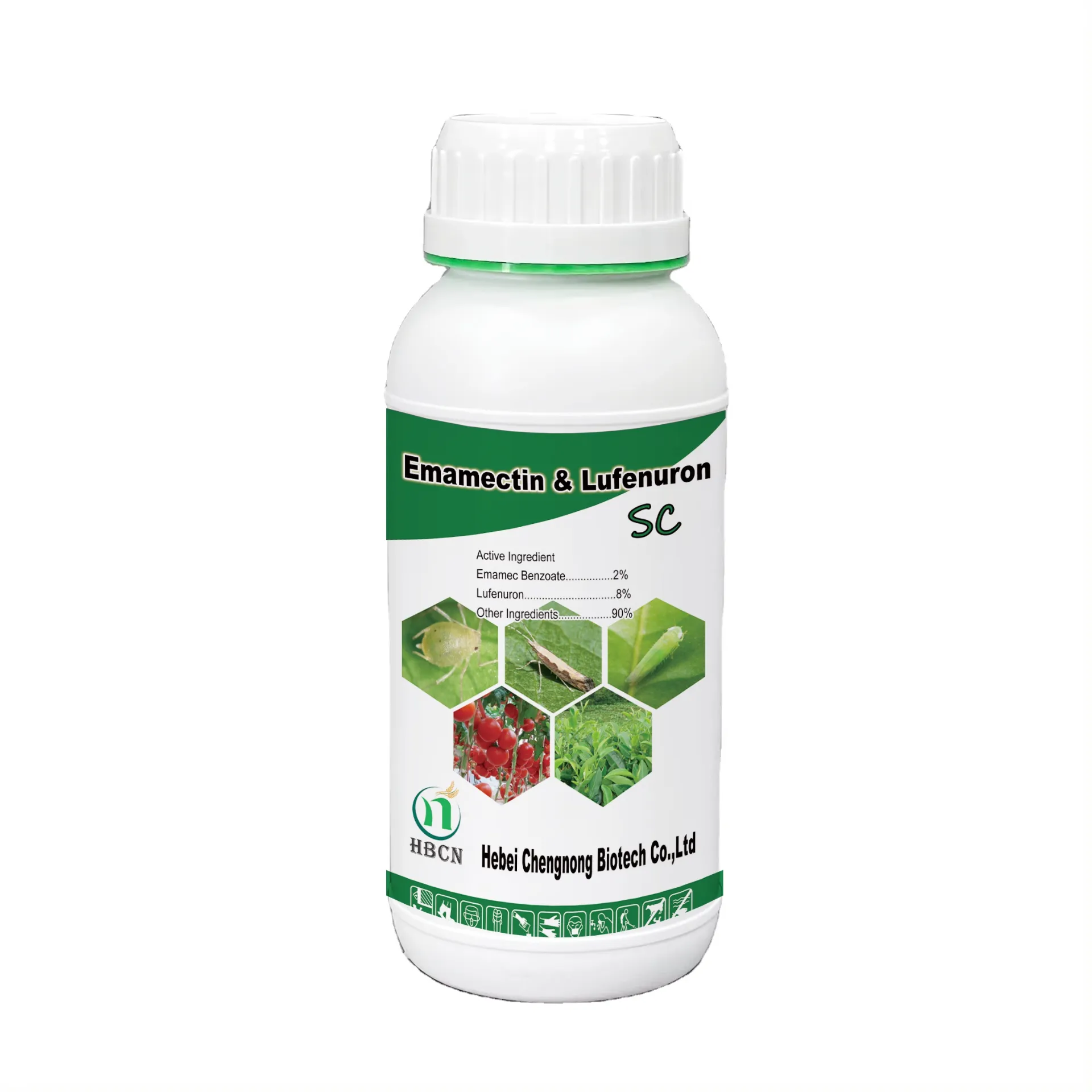
Dec . 30, 2024 00:09 Back to list
wholesale difenoconazole 250g/l ec
The Importance of Difenoconazole in Agriculture A Focus on 250g/L EC Formulation
Difenoconazole is a widely recognized fungicide that has gained popularity in agricultural practices due to its effectiveness in controlling a variety of fungal diseases. It belongs to the triazole class of fungicides, which are known for their ability to inhibit the biosynthesis of ergosterol, a critical component of fungal cell membranes. This action makes difenoconazole a potent solution for managing diseases in crops and ornamental plants. Notably, the 250g/L emulsifiable concentrate (EC) formulation of difenoconazole is particularly significant, offering several advantages for effective disease management.
Broad Spectrum of Efficacy
One of the primary reasons for the widespread use of difenoconazole in its 250g/L EC formulation is its broad spectrum of efficacy. This fungicide is effective against various fungal pathogens, including those that cause leaf spots, blights, and powdery mildew. For instance, crops such as wheat, barley, and rice often face significant threats from fungal diseases, which can lead to severe yield losses. The use of difenoconazole helps farmers safeguard their crops, ensuring that they can maintain healthy yields and quality produce.
Enhanced Crop Safety
The 250g/L EC formulation of difenoconazole is designed to provide enhanced crop safety. Emulsifiable concentrates are known for their ability to mix well with water, allowing for more uniform distribution on plant surfaces. This ensures that the active ingredient is applied evenly, providing better disease control while minimizing the risk of phytotoxicity. Additionally, difenoconazole has a favorable safety profile for non-target organisms, making it suitable for integrated pest management (IPM) programs, where the goal is to minimize chemical use while effectively managing pests and diseases.
Mechanism of Action
wholesale difenoconazole 250g/l ec

Understanding the mechanism of action of difenoconazole is crucial for appreciating its effectiveness. By inhibiting the enzyme 14α-demethylase, which is essential for ergosterol biosynthesis in fungi, difenoconazole disrupts fungal growth and reproduction. This targeted action not only controls existing fungal populations but also prevents new infections, providing a protective barrier for crops. This dual mode of action—both preventative and curative—enhances its utility in agricultural practices, allowing farmers to apply it during various stages of crop development.
Usage Guidelines
For optimal results when using difenoconazole 250g/L EC, it is essential to adhere to recommended usage guidelines. The application rates, timing, and intervals between applications can vary depending on the crop type and the specific disease being targeted. Farmers are encouraged to consult product labels and engage with agricultural extension services to ensure the correct application. This not only improves disease control effectiveness but also helps mitigate potential risks of developing fungicide-resistant fungal strains.
Environmental Considerations
As with any chemical input in agriculture, environmental considerations are paramount. Difenoconazole should be used judiciously to minimize its impact on the surrounding ecosystem. Practices such as application during non-windy conditions, avoiding applications before heavy rainfall, and following integrated pest management strategies can help reduce the environmental footprint of this fungicide. Additionally, promoting the use of resistant crop varieties and integrating biological control methods can support sustainable farming practices.
Conclusion
In conclusion, the 250g/L emulsifiable concentrate formulation of difenoconazole plays a vital role in modern agriculture, providing effective control over a wide range of fungal diseases while emphasizing safety for crops and the environment. Its unique mechanism of action and ease of application make it a preferred choice among farmers seeking to maximize their crop yields and quality. As agriculture continues to evolve, the responsible use of fungicides like difenoconazole will remain crucial in ensuring food security and sustainable farming practices. By integrating this potent tool within a broader agricultural strategy, farmers can effectively navigate the challenges posed by fungal diseases while minimizing their ecological impact.
-
Azoxystrobin: Broad-Spectrum Fungicide Solutions
NewsAug.11,2025
-
Best EPA Boscalid: Superior Crop Fungicide for Max Yields
NewsAug.11,2025
-
Best Willowood Imidacloprid: Superior Pest Control Solutions
NewsAug.10,2025
-
Best EPA Boscalid Fungicide: Ultimate Crop Protection
NewsAug.09,2025
-
Cyprodinil Fungicide: Broad-Spectrum Crop Protection
NewsAug.08,2025
-
Tembotrione Herbicide: Advanced 8% OD for Broad Spectrum
NewsAug.07,2025
